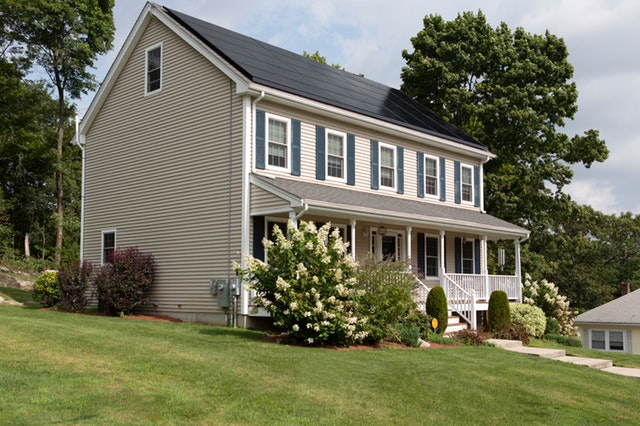How To Find Places To Buy Rental Investment Properties
 Real estate, which is a rental property, has the unique characteristic under the tax code of being able to depreciate it and pretend the asset is going down in value, while, if you are a clever investor, you will acquire property that actually increases in value. Additionally, there are other tax advantages for owning a rental property that can help shelter income.
Real estate, which is a rental property, has the unique characteristic under the tax code of being able to depreciate it and pretend the asset is going down in value, while, if you are a clever investor, you will acquire property that actually increases in value. Additionally, there are other tax advantages for owning a rental property that can help shelter income.
Positive Cash Flow
The key to success with a real estate investment portfolio of rental properties is to build value while it is self-sustainable. Have the goal of creating positive cash flow from every owned property. Making $100 per month positive cash flow from a single property may not sound like much until you multiply that by 25 properties. A portfolio with those characteristics makes a nice passive income of $2,500 per month or $30,000 per year.
Leverage
Using leverage increases the return on investment (ROI) as long as you choose properties that are cash-positive enough to cover their carrying costs and do not lose value over time. The lower the amount of your money that you invest, the greater the leverage you have and the higher your ROI will be.
Finding Rental Income Property
Commercial rental income property is more challenging so it is best to focus on residential rental properties, especially when starting to build up a real estate portfolio. The things you want to look for when hunting for residential rental properties are a manageable median price for the area, an area that is showing steady annual appreciation in home values, and an area that is stable with no severe negative challenges now or in the foreseeable future.
City Opportunities
It is possible to find properties that are excellent investments in many parts of the United States. Here are some examples of cities that currently have investment opportunities so you can consider them and compare them to your location.
Here are the top ten residential rental markets as ranked by TurboTenant for 2020:
1. Reading, PA
Median Sales Price $140,000 — Annual Increase 11.1% — Average Rent $957
2. District Heights, MD
Median Sales Price $252,000 — Annual Increase 0.4% — Average Rent $1,408
3. Allentown, PA
Median Sales Price $145,000 — Annual Increase 19.0% — Average Rent $1,063
4. East Orange, NJ
Median Sales Price $273,000 — Annual Increase 10.0% — Average Rent $1,534
5. Nashua, NH
Median Sales Price $283,000 — Annual Increase 4.5% — Average Rent $1,524
6. Cincinnati, OH
Median Sales Price $163,000 — Annual Increase 3.1% — Average Rent $1,048
7. Paterson, N.J
Median Sales Price $268,000 — Annual Increase 11.9% — Average Rent $1,614
8. New Castle, DE
Median Sales Price $188,000 — Annual Increase 8% — Average Rent $1,884
9. Rochester, NY
Median Sales Price $136,000 — Annual Increase 5.6% — Average Rent $1,126
10. Hyattsville, MD
Median Sales Price $279,000 — Annual Increase 0.4% — Average Rent $1,982
Summary
It is possible to find cash-flow positive properties in all of these markets, so they are all excellent examples of what to look for when you are hunting for a residential rental property to acquire. Be sure to work with a qualified local REALTOR® who knows the market well that you are considering as well as your trusted home mortgage professional.
 Investing in real estate is a great way for someone to diversify his or her assets; however, there is a common hurdle that almost all real estate investors face. This comes in the form of a down payment.
Investing in real estate is a great way for someone to diversify his or her assets; however, there is a common hurdle that almost all real estate investors face. This comes in the form of a down payment.  Many individuals and families are looking for ways to reduce their energy consumption. Running the heater during the winter and the air conditioner during the summer can have significant impacts on someone’s energy consumption and costs. It should come as no surprise that many people are trying to reduce their HVAC usage to save money; however, there is a better way.
Many individuals and families are looking for ways to reduce their energy consumption. Running the heater during the winter and the air conditioner during the summer can have significant impacts on someone’s energy consumption and costs. It should come as no surprise that many people are trying to reduce their HVAC usage to save money; however, there is a better way.